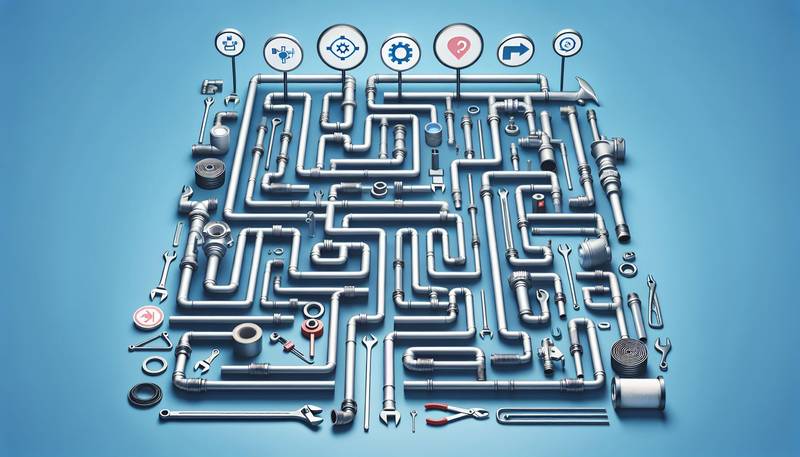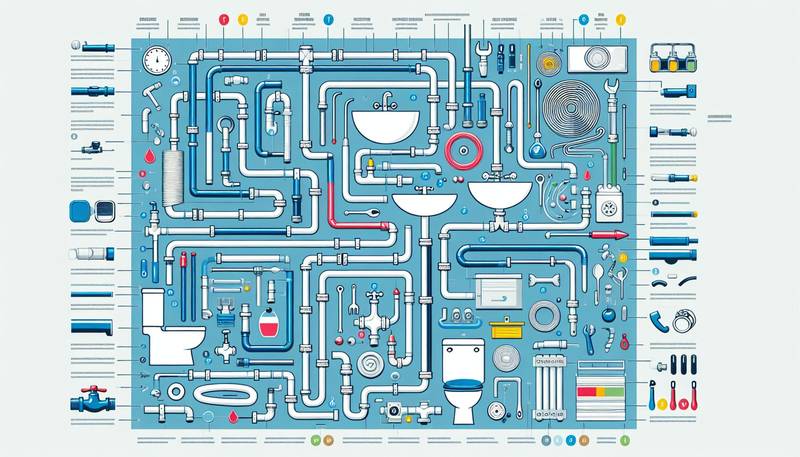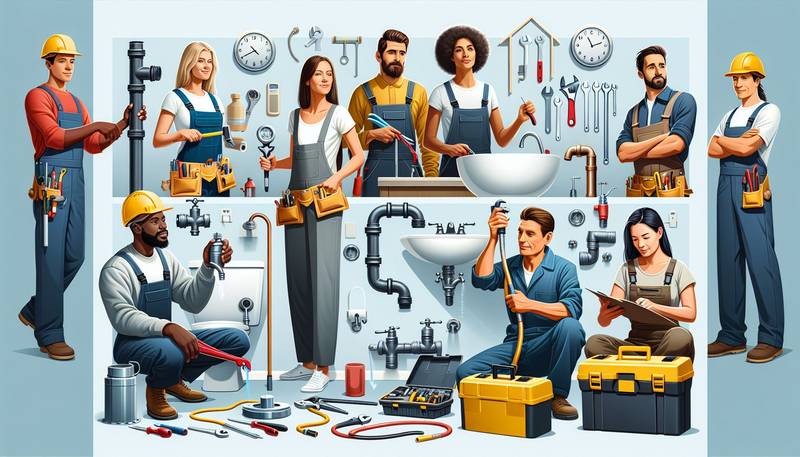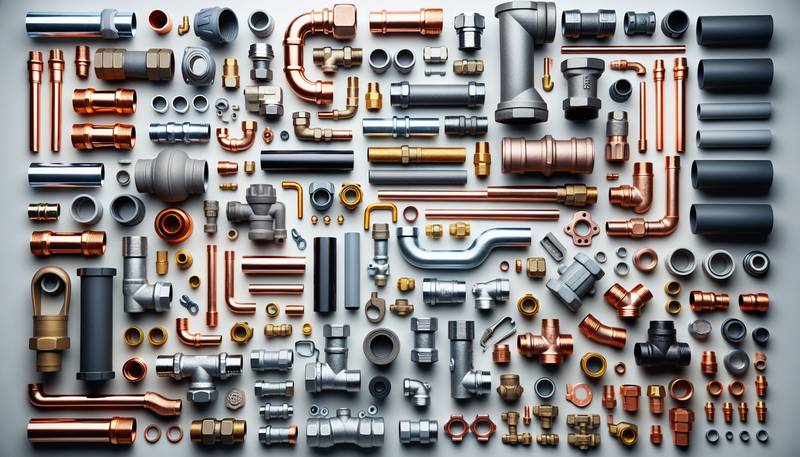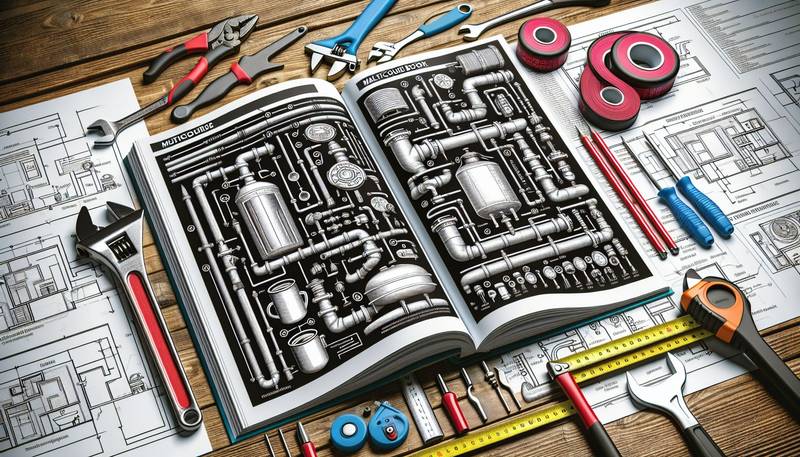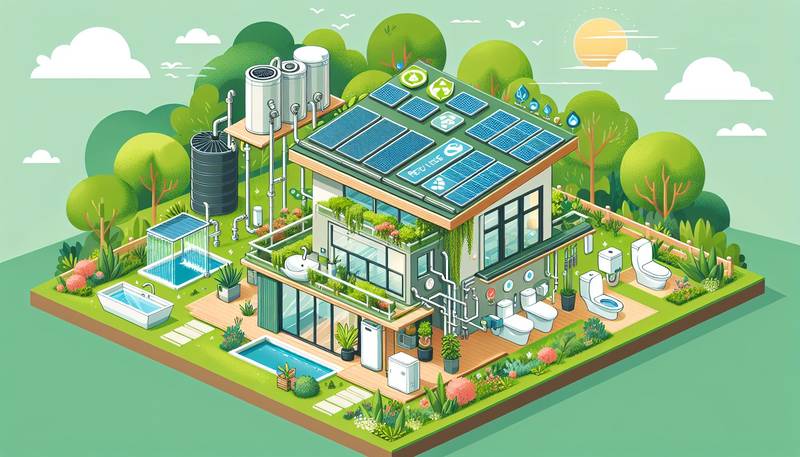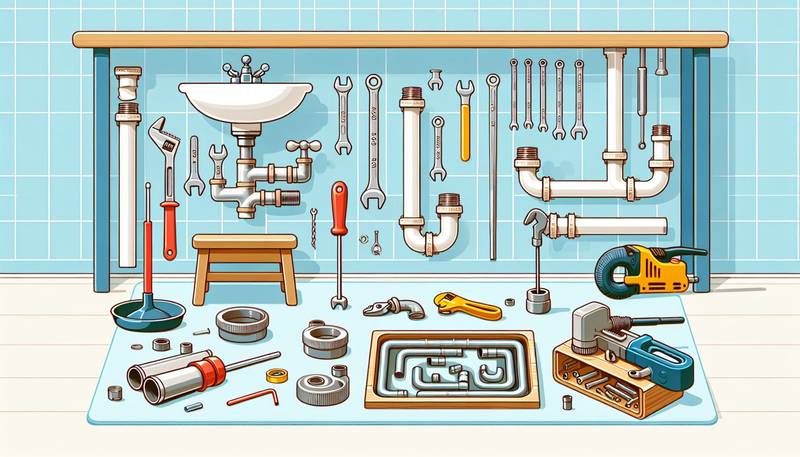Navigating Plumbing Codes and Regulations: A Primer
Navigating through the intricate web of plumbing codes and regulations can be a daunting task, especially for those unfamiliar with the standards. However, with the right knowledge and understanding, compliance with these codes can be achieved effectively and efficiently.
Understanding the Complexity of Plumbing Codes and Regulations
Plumbing codes and regulations are a set of laws and standards established by governmental agencies at the local, state, and national levels. These regulations dictate the proper design, installation, and maintenance requirements for plumbing systems to uphold safety, health, and environmental standards. Complying with these codes is not only necessary for legal reasons but also for the protection of individuals and the environment.
Importance of Compliance with Plumbing Codes and Regulations
Compliance with plumbing codes and regulations is essential for various reasons. Firstly, it is paramount for safeguarding the health and safety of building occupants. Ensuring that plumbing systems are correctly installed and maintained according to codes helps prevent potential health hazards such as contaminated water supply or sewage backups, which can have severe consequences on public health.
Moreover, adherence to plumbing codes can also prevent costly damages and repairs in the long run. Non-compliant plumbing systems are more prone to issues like leaks, pipe bursts, and mold growth, which can lead to substantial property damage and financial liabilities. By following the regulations, building owners can mitigate these risks and avoid unnecessary expenses.
Strategies for Navigating Plumbing Codes and Regulations Successfully
Navigating through the intricate landscape of plumbing codes and regulations requires careful planning and execution. To ensure compliance, it is crucial to familiarize oneself with the specific codes and regulations that apply to the project or building. This may involve a detailed review of local building codes, plumbing standards, and other pertinent guidelines to guarantee adherence to all requirements.
In addition, collaborating with licensed and experienced plumbers who possess comprehensive knowledge of plumbing codes is essential. Professionals in the field can provide valuable insights and expertise to ensure that the plumbing system is installed correctly and in compliance with all relevant regulations.
Regular inspections and maintenance of the plumbing system are also vital steps in achieving compliance with plumbing codes. Routine checks can help identify potential issues or shortcomings in the plumbing system, allowing for timely intervention and rectification to maintain compliance and prevent future problems.
Conclusion
While navigating plumbing codes and regulations may present challenges, it is a critical aspect of maintaining a safe and functional plumbing system. Compliance with these standards is vital for protecting public health, ensuring proper system operation, and avoiding costly damages. By familiarizing oneself with the regulations, working closely with skilled professionals, and conducting regular inspections, individuals can successfully navigate through plumbing codes and regulations to uphold safety, health, and environmental standards effectively.
